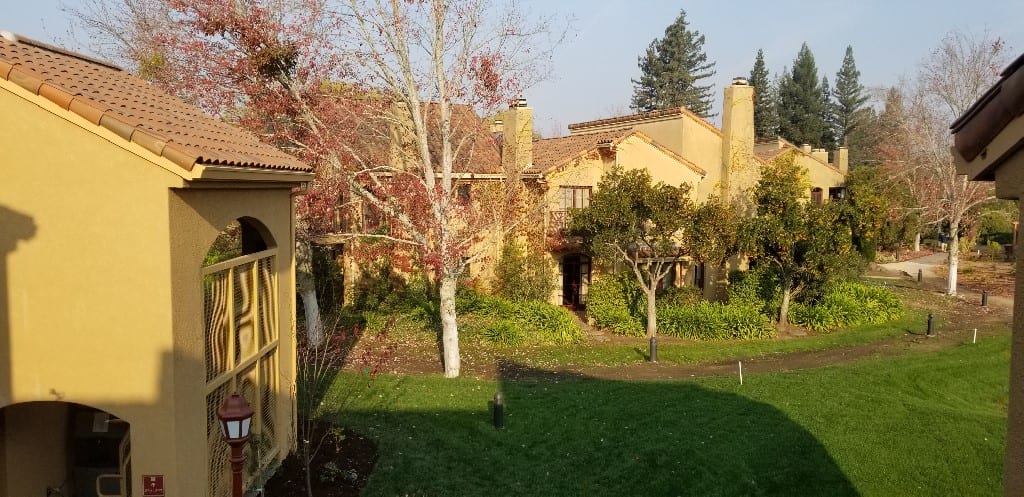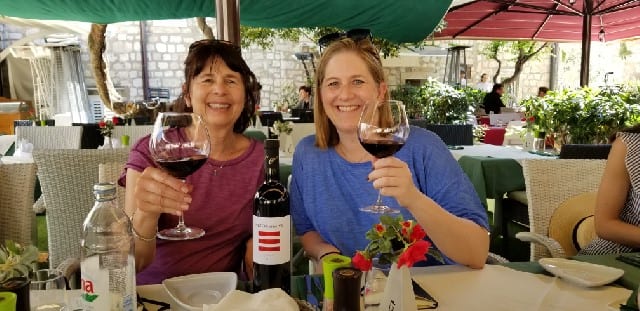A few trips to Napa in the past few months had me exploring St. Helena, in the heart of Napa Valley. I shared my thoughts on where to eat, drink and sleep in St. Helena in
California Winery Advisor and am re-sharing it here.
In the center of Napa Valley is the town of St. Helena. Eighteen miles north of downtown Napa and ten miles south of Calistoga, St. Helena is known as Napa Valley’s Main Street. Packed with acclaimed wineries and home to more Michelin starred restaurants than anywhere else in Napa Valley, St. Helena embodies perfect wine country charm. Heading to Napa Valley for the weekend? Settle in and explore St. Helena.

St. Helena is home to numerous accommodations ranging in price. If you want to splurge, check out the new
Las Alcobas Napa Valley, a 68-room resort offering rooms with private terraces and an on-site spa, or the luxurious Meadowood Resort. But, for a more affordable, yet unpretentious, luxurious option, select the
Harvest Inn (1 Main Street, St Helena). Situated on eight acres, the Harvest Inn was first built in 1975. The property is home to 320 redwood trees and artwork is scattered throughout the property. You can enjoy a self-guided art walk through the peaceful property, swim in one of the two pool or workout in the small gym. Harvest Inn has 78 updated rooms, some of which have fireplaces and hot tubs. The Vineyard View rooms overlook Whitehall Lane’s Leonardini Vineyard and other rooms have views of the lush gardens. The restaurant at Harvest Inn serves breakfast, lunch, and dinner and features menus that highlight locally sourced ingredients. Be sure to try the bacon at breakfast, a recipe created by Hector, the bellman at the Harvest Inn. The hotel hosts free wine tastings on Monday and Friday, is dog-friendly and offers complimentary car service to wineries within a three-mile radius. Add to that, Harvest Inn does not charge any resort fees. Harvest Inn really offers a great value for the price.

25 September, 2018
 The Vintners Inn is situated on 98 acres and is owned by Rhonda Carano of Ferrari Carano Winery. In 2016, the property underwent a renovation which added 34 rooms, for a total of 78 guestrooms and suites spread across five two-story villas.
The Vintners Inn is situated on 98 acres and is owned by Rhonda Carano of Ferrari Carano Winery. In 2016, the property underwent a renovation which added 34 rooms, for a total of 78 guestrooms and suites spread across five two-story villas. 





















